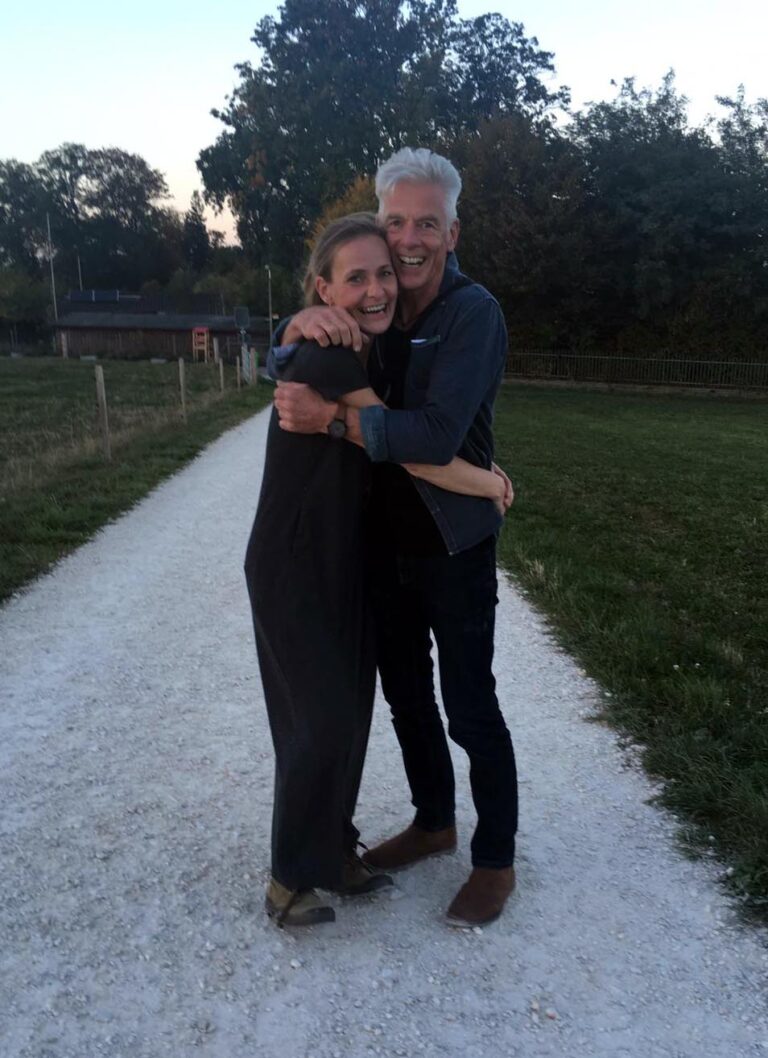About Us
The importance of culture and art in education
Since Neolithic time art has been the main reference in defining culture. The early cave and rock paintings, the pyramids of the Aztecs and ancient Egypt, the indigenous dances and rituals of Africa, American Indian and Australian aboriginal Nations. The storytelling and song cultures of the Celts, the Greeks, the Bushmen of the Kalahari and nomadic fisherfolk of India, to name just a few.
I think it is fair to say the cultures of our planet have nourished us for millennia, defining who we are and where we stand in relation to our natural and spiritual world.
Nature is our home and the source of the great mystery that we often have difficulty relating to. This includes death and the cycle of the sun, moon, and planets of the universe and beyond. We just don`t know and our minds are not capable of going there.

Even so, our intuitive and emotional intelligence naturally look for meaning and expression in the outside world. This furthers the ability to look deeply and is the root of creativity. Art firstly emerges from the need to connect with the indefinable, the unspeakable and give it personal expression. Whether in dance, painting, performance, poetry or drawing it frees us up to be the authentic person we are. It can completely turn around our mental health. Art develops out of this personal process and becomes most powerful when it transpersonal, communicating meaning and emotion with the collective.
In our technologically dominated times, there is a great need to connect with nature and our innate creativity. To get children out of the school room, adults out of the office, out of time, out of expectations, out of what is good or bad. We can allow them to run through the grass, find things, look at things, build things, play, dance, perform and model with clay, sticks and straw. We can allow them to express themselves and find meaning.
Openspace offers workshops for children and adults, in groups or individual classes.

